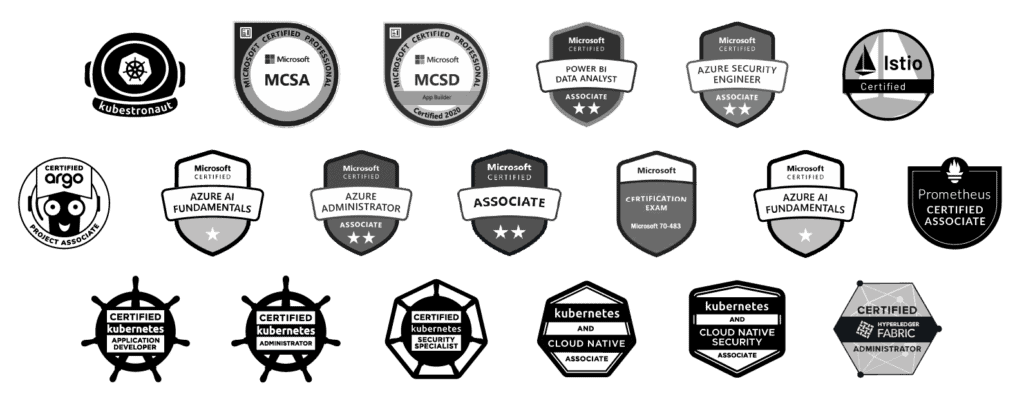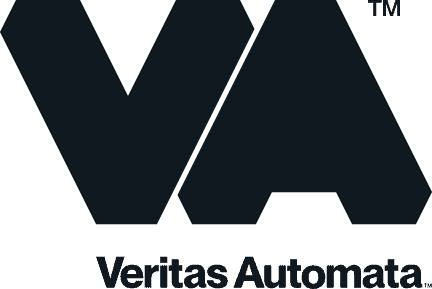In today’s fast-paced business world, organizations generate vast amounts of documents, ranging from reports and manuals to contracts and emails. Efficiently managing this deluge of information is essential for maintaining productivity and fostering informed decision-making.
One way to address this challenge is by leveraging Artificial Intelligence (AI) and Machine Learning (ML) models to automatically tag and categorize documents, making them more accessible and searchable within the company’s internal systems. In this blog, we will explore how to build an AI/ML model for document tagging and discuss the benefits it brings to internal searchability.
The Challenge of Document Management
Volume: Businesses accumulate a substantial volume of documents over time, making it challenging to keep track of, organize, and retrieve them efficiently.
Diversity: Documents vary in format, content, and purpose. They can include text, images, PDFs, spreadsheets, and more, each requiring distinct approaches to categorization.
Human Error: Manual tagging and categorization are prone to human error, leading to inconsistent labels and misclassification of documents.
Time-Consuming: Traditional methods of document management require significant time and effort, diverting resources from more valuable tasks.
AI/ML for Document Tagging: A Solution
Implementing AI/ML models for document tagging can address these challenges effectively. Here’s a step-by-step guide to building such a system:
1.0 Data Collection and Preparation
2.0 Data Preprocessing
Text extraction: Extract text from documents, converting images and PDFs into machine-readable text.
Text cleaning: Remove unnecessary characters, punctuation, and formatting.
Tokenization: Split text into individual words or tokens.
Stopword removal: Eliminate common words like “and,” “the,” or “in” that don’t carry significant meaning.
3.0 Model Selection
Text Classification: Use algorithms like Naïve Bayes, Support Vector Machines (SVM), or deep learning models such as Convolutional Neural Networks (CNNs) and Recurrent Neural Networks (RNNs).
Natural Language Processing (NLP): Utilize pre-trained models like BERT (Bidirectional Encoder Representations from Transformers) or GPT (Generative Pretrained Transformer) for advanced document understanding.
4.0 Feature Engineering
Create meaningful features from the preprocessed text data. You can use techniques like TF-IDF (Term Frequency-Inverse Document Frequency) or word embeddings to represent words and phrases in a numerical format that the model can understand.
5.0 Model Training
6.0 Evaluation
7.0 Deployment
8.0 Continuous Learning
Benefits of AI/ML Document Tagging
Efficiency
Consistency
Improved Searchability
Personalization
Scalability
Cost Savings
Enhanced Decision-Making
Access to well-organized and tagged documents empowers better-informed decision-making across the organization.

Real-World Application:
Veritas Automata's Document Tagging Solution
Veritas Automata, a leader in AI-driven solutions, offers an advanced Document Tagging Solution that combines the power of AI and ML to streamline document management within organizations. Our solution employs state-of-the-art NLP models for accurate tagging, ensuring documents are categorized appropriately and can be easily retrieved when needed.
With a focus on security and compliance, Veritas Automata’s Document Tagging Solution helps organizations optimize their document management processes while maintaining data privacy and security.
In the digital age, efficient document management is critical for organizations seeking to maximize productivity and decision-making. Leveraging AI/ML models for document tagging can revolutionize how businesses handle their documents, making them easily searchable and accessible.
By following the steps outlined in this blog and considering solutions like Veritas Automata’s Document Tagging Solution, organizations can streamline their document management processes and unlock the full potential of their valuable information assets. In doing so, they position themselves for enhanced competitiveness, agility, and success in today’s information-driven world.











